Understanding the scoring rules specific dart hits is crucial for mastering the game and maximizing your score. This article dives deep into the details of each section of the dartboard, clarifying how points are awarded and highlighting strategies for targeting specific areas.
⚠️ Still Using Pen & Paper (or a Chalkboard)?! ⚠️
Step into the future! The Dart Counter App handles all the scoring, suggests checkouts, and tracks your stats automatically. It's easier than you think!
Try the Smart Dart Counter App FREE!Ready for an upgrade? Click above!
Decoding the Dartboard: A Guide to Scoring Rules Specific Dart Hits
The dartboard might seem complex at first glance, but it’s actually quite straightforward once you understand the different sections and their corresponding point values. From the bullseye to the outer rings, each area presents unique opportunities and challenges. Learning the scoring rules specific dart hits is the first step towards improving your game.
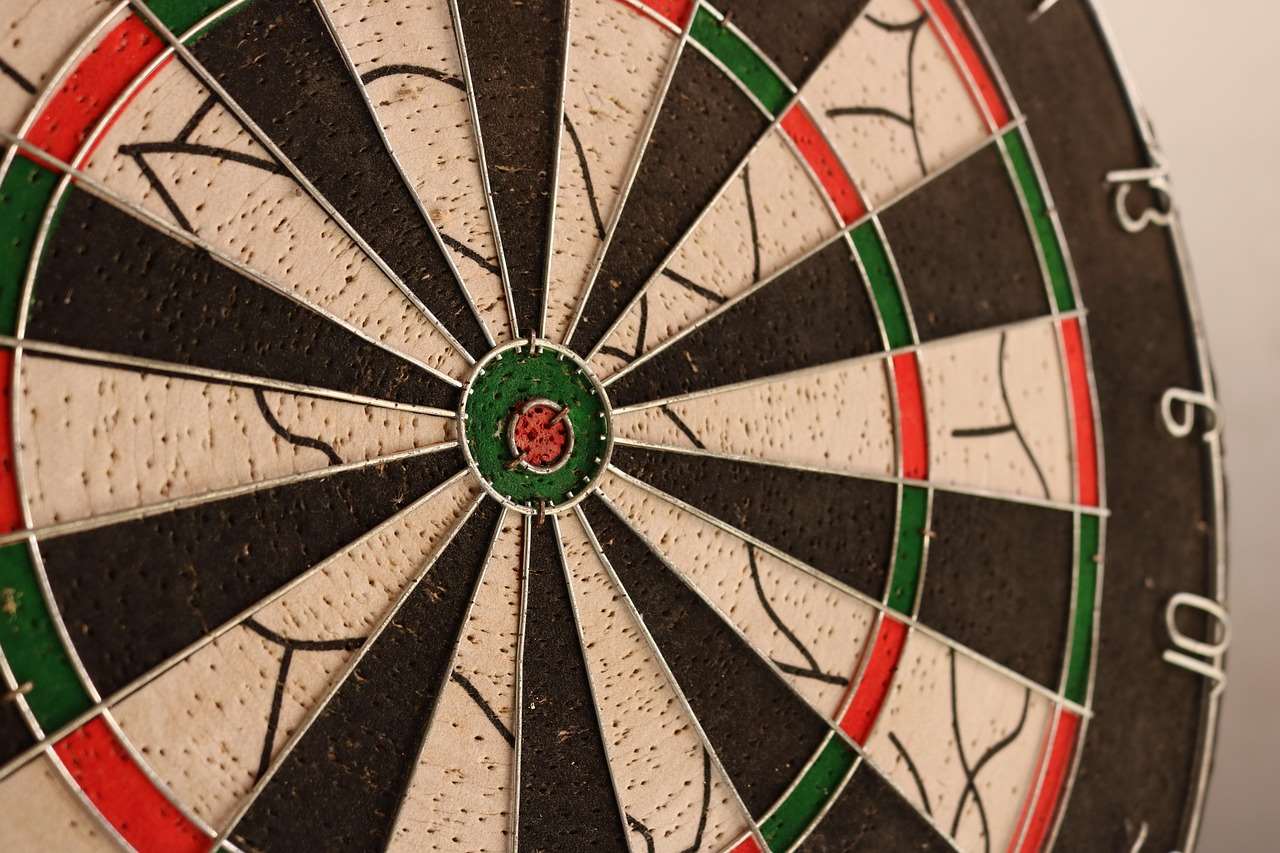
The Central Hub: Bullseye and Double Bull
Let’s start with the heart of the dartboard – the bullseye. There are actually two bullseyes: the outer green ring, worth 25 points (often referred to as the “single bull”), and the inner red circle, known as the “double bull” or “bullseye,” which awards a hefty 50 points. Hitting the bullseye consistently requires precision and practice. Many players aim for the double bull as a key strategy to quickly reduce their score in games like 501.
Strategically, focusing on the double bull can provide a significant advantage. However, it’s also a small target, making it a riskier shot. Beginners might find it easier to aim for the single bull to consistently earn points and build confidence. Remember that in some variations, hitting the outer bull (25) might not be as strategically advantageous as hitting a strategic double or treble elsewhere on the board, highlighting the importance of understanding the game’s specific rules.
The Numbered Sections and Scoring Rules Specific Dart Hits
The main part of the dartboard is divided into 20 numbered sections, ranging from 1 to 20. Each section is further divided into single, double, and treble areas. The scoring rules specific dart hits for these sections are based on the number of the section and the area of the board hit.
Single Sections
The largest areas within each numbered section are the single sections. Hitting anywhere within these areas scores the value of that section. For example, hitting the single area of the “20” section earns you 20 points. These areas are the most forgiving and are generally easier to hit than the double and treble areas, offering a good starting point for novice players.
Double Ring
The outer ring of the dartboard is the double ring. Hitting this ring doubles the score of the section. So, hitting the double 20 scores 40 points. Doubles are particularly important in games like 501, where you must finish with a double. Mastering double shots is crucial for winning these games.
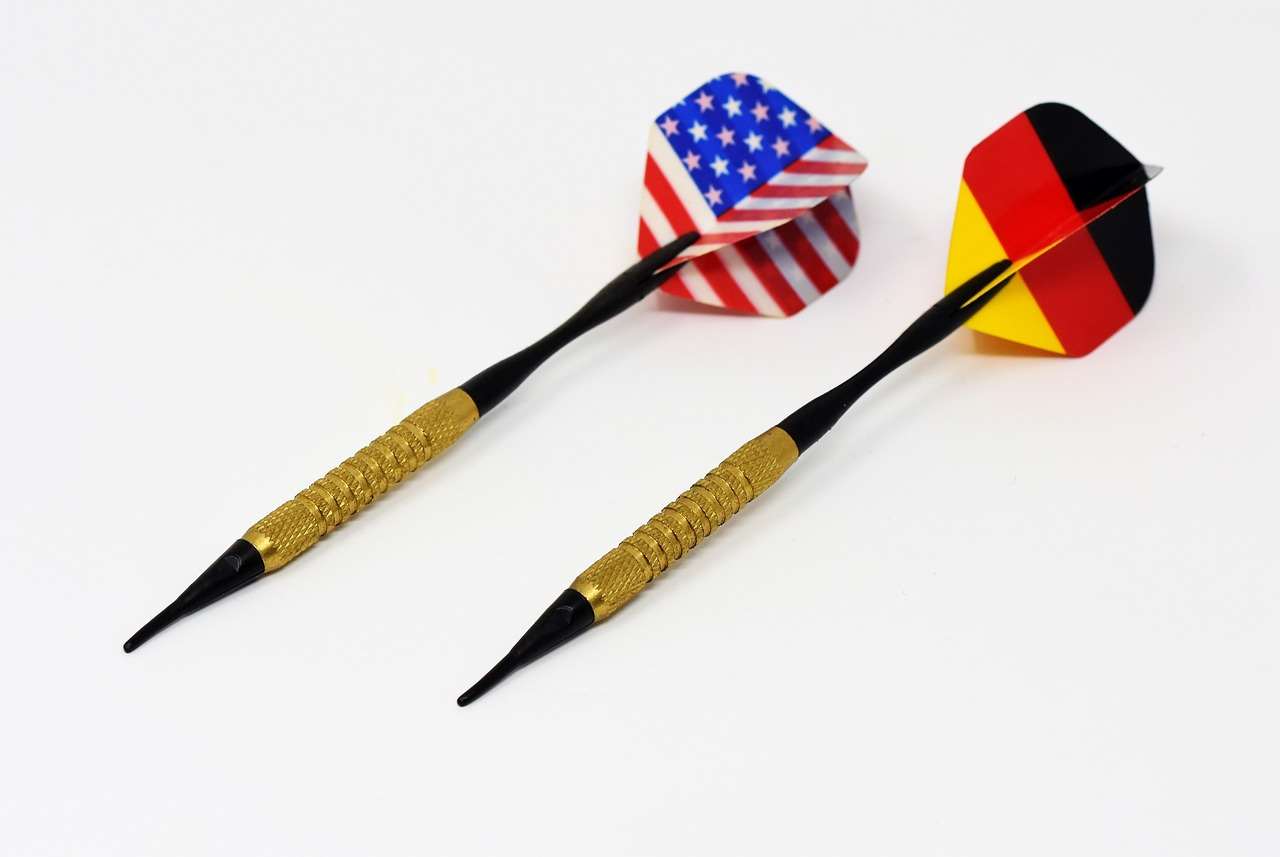
Treble Ring
The inner ring, located halfway between the bullseye and the double ring, is the treble ring. Hitting this ring triples the score of the section. Hitting the treble 20, for instance, scores a whopping 60 points – the highest single score possible with one dart. Consistent treble shots are the hallmark of advanced dart players. These shots provide the fastest way to accumulate points and significantly reduce your score.
When playing strategically, aiming for the treble 20 is often the preferred choice for many players, as it leads to a rapid score reduction. However, more experienced players might opt for treble 19 as it is on the opposite side of the board, making it less common for the darts to bounce into that area when aiming for treble 20, increasing the likelihood of maintaining a high scoring average.
Zero Scores and Misunderstandings of Scoring Rules Specific Dart Hits
Sometimes, a dart might not score any points at all. Understanding when this happens is crucial to prevent misunderstandings and arguments during a game. This often revolves around fully grasping the scoring rules specific dart hits.
Darts That Don’t Stick
A dart must remain in the board for at least five seconds after being thrown to score. If a dart bounces out, falls out quickly, or is dislodged before the thrower retrieves their darts, it doesn’t count. This rule is in place to ensure fairness and prevent scoring inconsistencies.
The Wire and “Robin Hoods”
If a dart hits the wire separating the sections, it scores zero. Similarly, if a dart is embedded in another dart already in the board (a “Robin Hood”), only the first dart scores. The embedded dart is considered a non-scoring dart. Sometimes, you can adapt adapting darts rules for beginners who may struggle with dart placement.
Off the Board
Obviously, if a dart misses the board entirely, it scores nothing. Focus on your throwing technique and aiming point to minimize these misses. This highlights the importance of having solid Basic Darts Fundamentals for Beginners.
Strategic Target Selection and Scoring Rules Specific Dart Hits
Beyond simply knowing the point values of each section, understanding how to strategically target different areas is crucial for improving your game. This strategic element is closely tied to scoring rules specific dart hits and how they can be manipulated to your advantage.
Closing Out Games: Doubles are Key
As previously mentioned, many dart games, like 501, require you to finish on a double. This means that your last dart must land in the double ring. Therefore, practicing your double shots is essential. Knowing which doubles to aim for based on your remaining score is a key element of strategy. For example, if you need 32 to win, you would aim for the double 16.
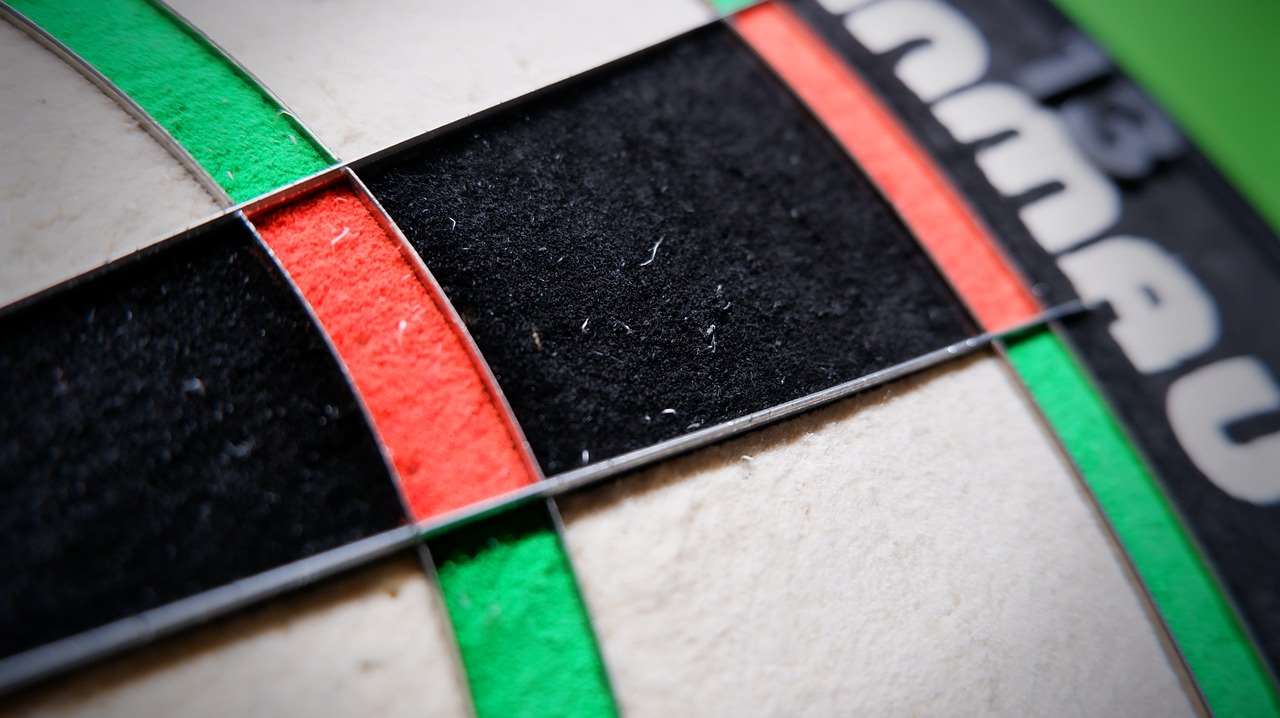
Setting Up Finishes
Experienced players don’t just focus on hitting the required double; they also plan their throws to set themselves up for an easier finish. For example, if you have 41 left, aiming for the single 1 might seem counterintuitive. However, it leaves you with 40, which can be finished with a double 20. Planning your next move is important, as well as mastering the scoring rules specific dart hits.
Maximizing Your Average
Consistently scoring high requires hitting trebles. The treble 20 is the most common target, but the treble 19 is also a popular choice for some players. Experiment to find which treble section you are most comfortable hitting and incorporate it into your strategy. This involves understanding and leveraging the scoring rules specific dart hits to your advantage.
Practice Drills to Master Scoring Rules Specific Dart Hits
Knowing the rules is one thing; putting them into practice is another. Here are some drills to help you master specific areas of the dartboard and improve your overall scoring ability while reinforcing your understanding of scoring rules specific dart hits.
Double Practice
Set a target number (e.g., 40, requiring a double 20). Throw 20 darts at that double. Repeat with different doubles. This drill helps improve your accuracy and consistency on doubles. If you are adapting darts rules for small spaces, modify the number of throws based on available space.
Treble Training
Similar to double practice, focus on hitting specific trebles (e.g., treble 20, treble 19). Try to hit each treble section five times in a row before moving on to the next. This drill improves your treble accuracy.
Around the Clock
Start at the 1 section and throw one dart at each number in sequence, going around the board. You can modify this drill by aiming for the doubles or trebles of each number. This drill improves your overall accuracy and familiarizes you with the entire dartboard.
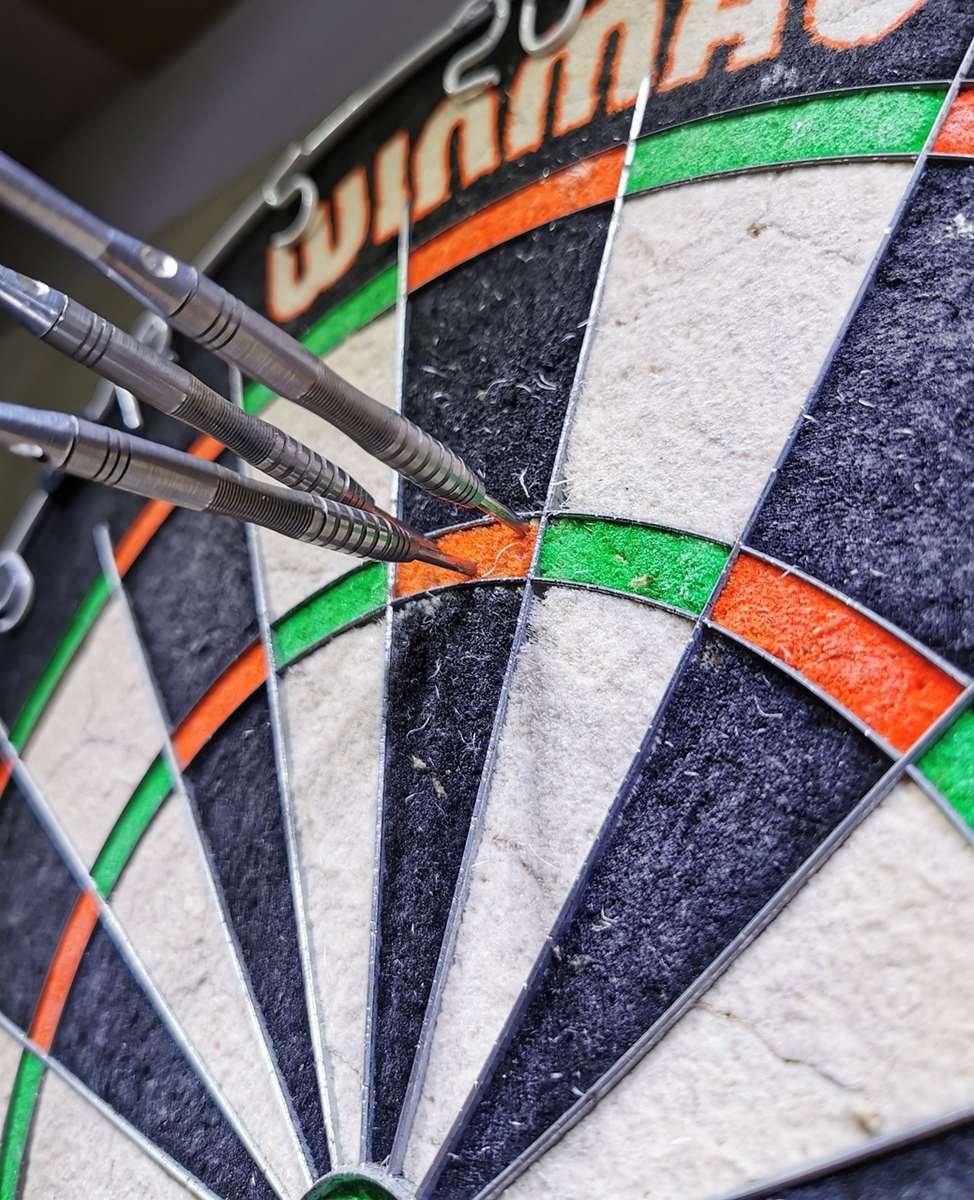
Advanced Strategies: Beyond the Basics
Once you’ve mastered the basics, you can explore more advanced strategies. These strategies involve a deeper understanding of the game’s nuances and the scoring rules specific dart hits.
Calculating Outs
Learn to quickly calculate your possible “outs” – the best way to finish the game based on your current score. This requires mental math and a good understanding of the double and treble sections. This is especially important in games such as Simplified 501 game rules for novice players.
Opponent Awareness
Pay attention to your opponent’s scoring patterns and tendencies. This can help you anticipate their moves and plan your strategy accordingly. If they are struggling with doubles, for example, you might try to put pressure on them by increasing your score rapidly.
Online Resources and Further Learning
There are many online resources available to help you further improve your dart skills and understanding of the game. Websites, forums, and YouTube channels offer tutorials, tips, and insights from experienced players. Taking advantage of these resources can significantly accelerate your learning process and deepen your grasp of scoring rules specific dart hits.
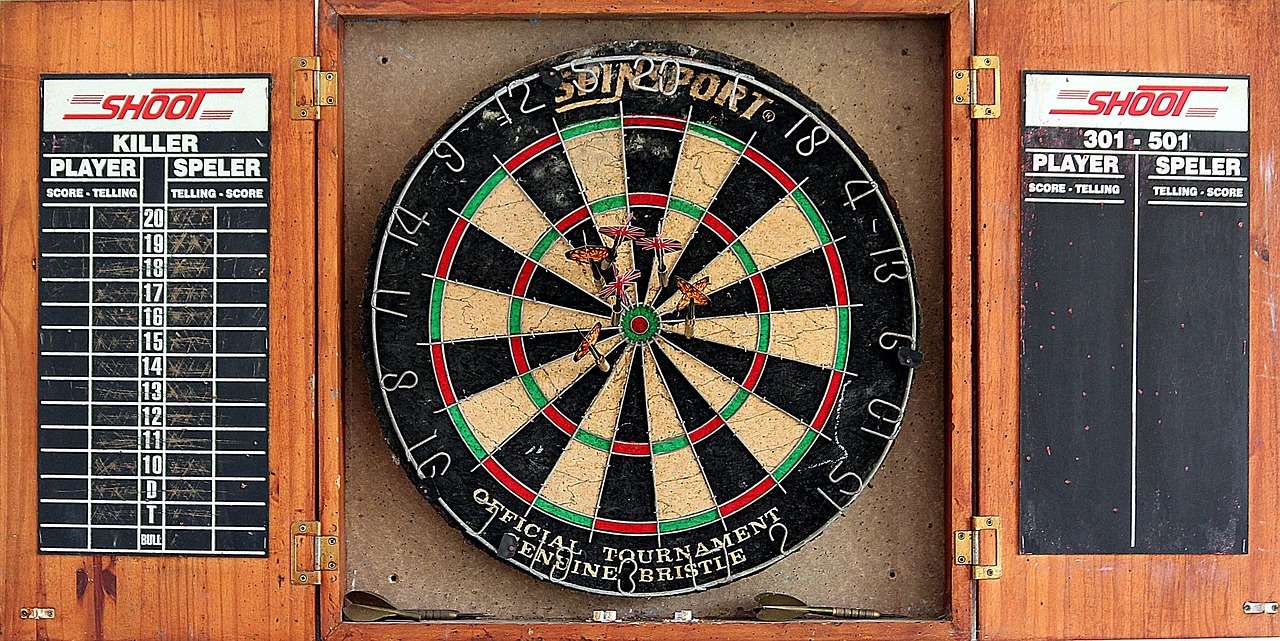
Professional Dart Associations
The Professional Darts Corporation (PDC) and the World Darts Federation (WDF) are two of the leading organizations in the world of darts. Their websites offer information on tournaments, players, and rules. Following these organizations can help you stay up-to-date on the latest developments in the sport.
Online Forums and Communities
Online forums and communities are great places to connect with other dart players, ask questions, and share tips. These communities often have experienced players who are willing to offer advice and guidance. Joining a local dart league is also a great way to improve your skills and meet other players.
Conclusion: Mastering Scoring Rules Specific Dart Hits for Improved Gameplay
Understanding and mastering the scoring rules specific dart hits is fundamental to becoming a proficient dart player. From the basic point values of each section to advanced strategies for calculating outs and maximizing your average, a solid understanding of the rules is essential. Practice diligently, experiment with different strategies, and don’t be afraid to seek out advice from experienced players. With dedication and perseverance, you can significantly improve your game and enjoy the thrill of hitting those crucial doubles and trebles. So, grab your darts and start practicing! Take this knowledge of the rules and put it into practice – find a local dart league or host a game with friends and family!
Hi, I’m Dieter, and I created Dartcounter (Dartcounterapp.com). My motivation wasn’t being a darts expert – quite the opposite! When I first started playing, I loved the game but found keeping accurate scores and tracking stats difficult and distracting.
I figured I couldn’t be the only one struggling with this. So, I decided to build a solution: an easy-to-use application that everyone, no matter their experience level, could use to manage scoring effortlessly.
My goal for Dartcounter was simple: let the app handle the numbers – the scoring, the averages, the stats, even checkout suggestions – so players could focus purely on their throw and enjoying the game. It began as a way to solve my own beginner’s problem, and I’m thrilled it has grown into a helpful tool for the wider darts community.